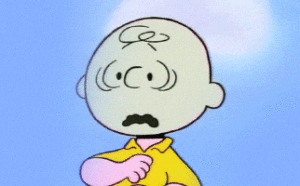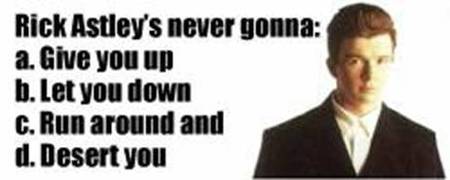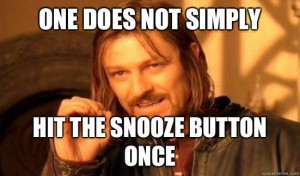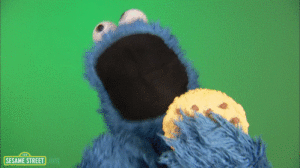
By Guest Blogger Vincent Su
“I’ll start after dinner,” you tell yourself as you prepare for an all-nighter. You’ve barely scratched the surface when you remember that club meeting at 9p.m. So now you’re distracted. Midnight? That’s a good time to grab food at late night. Before you know it, it’s 3 a.m. and you’re not sure what overwhelms you more – the impending feeling of doom or the desire to sleep for all that is holy.
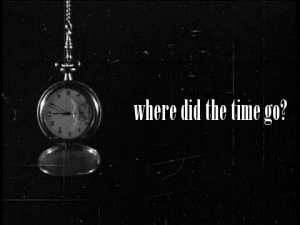 Ever get this feeling of time disappearing in the blink of an eye? Here’s a strategy for helping you figure out where it’s going and making time for the things you care about most. Take 15 minutes to plan out what an ideal day would be for you.
Ever get this feeling of time disappearing in the blink of an eye? Here’s a strategy for helping you figure out where it’s going and making time for the things you care about most. Take 15 minutes to plan out what an ideal day would be for you.
Make a list of things that are important to you and what you want to accomplish during your time here. Do you want to stay in shape? Interested in prodding the minds of the leading authorities in your favorite subject? Don’t forget to make time to just relax and hang out with friends!
Realistically speaking, put your classes, meals, meetings, etc. first, but look at the spaces in between, and ask yourself, “What do I want to spend my time doing?” If hitting the gym is a big priority, put it on the calendar. Want to soak up some sun on the oval? How about a 15 minute block after lunch? Remember that doing homework is arguably the most critical part of your education, so you should also plan out how long you think your weekly assignments will take. Ideally by scheduling ahead of time, you can break it into manageable chunks instead of an unruly train wreck of late night fright and despair.
The act of thoughtfully creating a schedule for yourself also helps develop the essential skills for good time management. The two most critical are the ability to prioritize and the ability to estimate time. Everyone’s had those moments where you have 3 assignments due the next day and you have no idea how long any of them will take. Half of the time, the uncertainty itself is what prevents you from getting started; trust me, I’ve been there too.
The last part of the strategy involves comparing your ideal schedule with how you’re actually spending your time. Try writing down all the activities you do in the course of a day. Perhaps this is where you find you finish eating lunch in 45 minutes instead of an hour, or that the two hours you scheduled at the library is more like 30 minutes of work with an hour and a half of looking at funny pictures of cats like it’s 2010.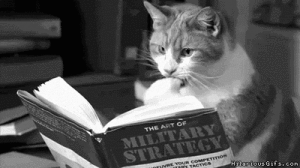
With practice, hopefully these two schedules can start to merge and you find that you have more control over how your time is being spent. Remember that the point is not to squeeze every waking minute you have to work for that extra .01 difference on your GPA; the point is to be purposeful in the activities you choose and help you make time for the things you care about.
Feel free to let us know how it goes!


